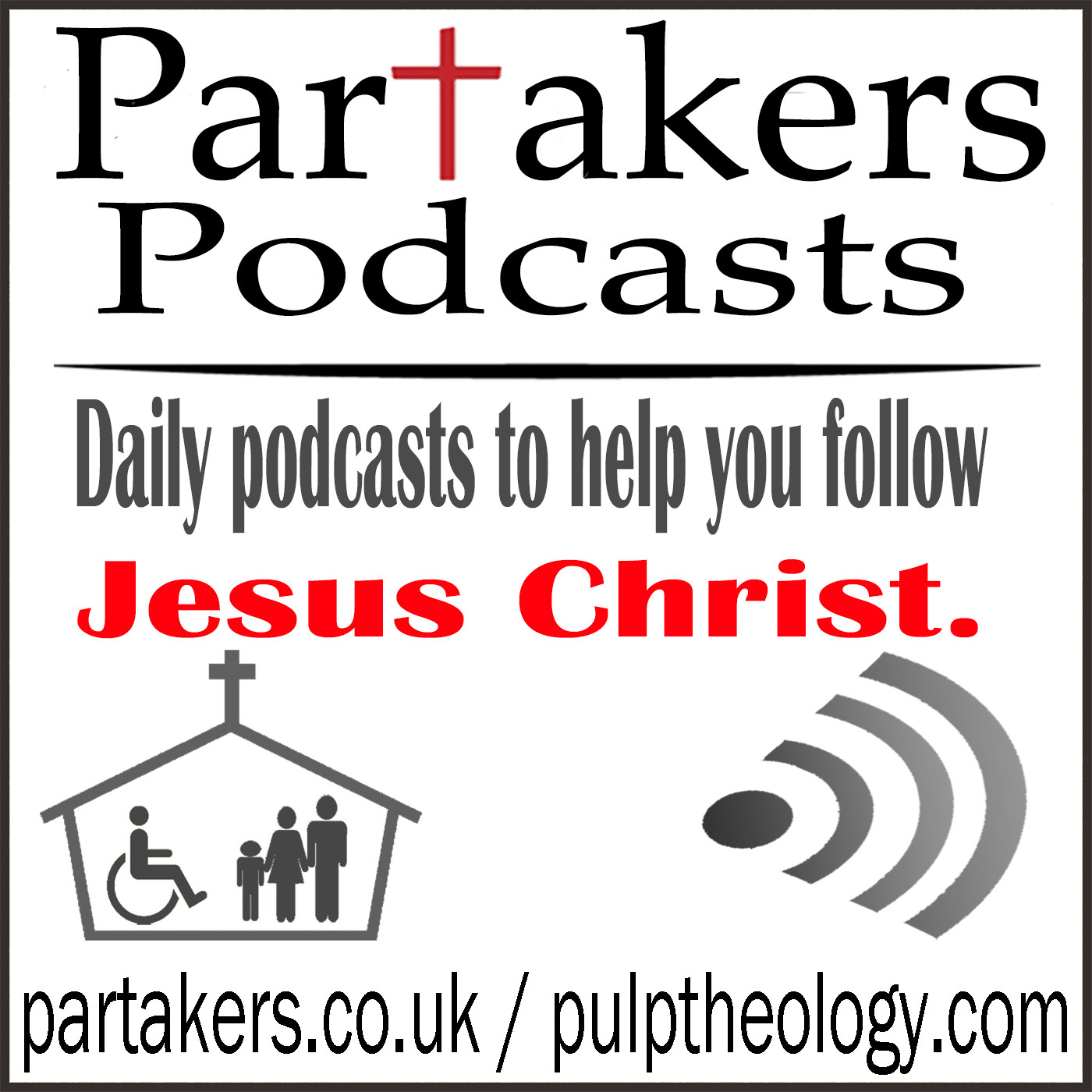
426.3K
Downloads
3362
Episodes
G’day and welcome to Partakers Christian Podcasts! Join us for uplifting Bible teaching, inspiring readings, heartfelt worship, powerful prayers, and fascinating church history. Whether you’re new to faith or growing deeper in your journey, we’re here to encourage and equip you. 🎧 Tune in, interact, and be inspired—wherever you are in the world.
Episodes

Sunday Oct 19, 2025
Church History Part 9
Sunday Oct 19, 2025
Sunday Oct 19, 2025

Church History Part 9
Monastic Leaders
Last time we looked at the rise of Monasticism and the decline of the Roman Empire! Today we will look at some of the early leaders of the Monastic movement. ~
Early leaders in the Monastic movement.
Anthony 251-356. Born into a Christian family, and at the age of 18, he adopted the solitary ascetic life in the deserts of Egypt for 20 years. Many others followed his example. Anthony experienced extreme temptations of a demonic nature and often was unable to escape lustful thoughts. ~
Pachomius 292-346. Developed corporate monasticism, gathering ascetics into a community and imposing a code of discipline. These communities were self-supporting with crafts and growing food. Within the community, all personal wealth from individuals was placed into a common fund. These monastic communities were known for teaching basic literacy, reading & writing as well as Scripture memorisation. ~
Basil the Great 330-379. Bishop of Caesarea (Cappadocia). He is quite possibly the most important figure in Eastern monasticism. He developed a monasticism which was more outward looking in its perspective! His monastic communities provided medical treatment, relief for the poor and common agriculture. So important is Basil, that this is still the order within today’s Greek Orthodox Church. ~
Athanasius. We looked at this man of God in a previous study. While Athanasius was in exile in Egypt, he met with Anthony & was impressed by the monastic lifestyle which Anthony strongly promoted. ~
Martin of Tours 316-397. Martin was the main figure in early Western Monasticism. He was the Bishop of Tours, France in 372, even though he would have preferred to be devoted to the solitary monastic life. Martin established a monastery at Tours as a centre for missionary endeavour & evangelisation. ~
Benedict of Nursia 480-547. Living in Italy, Benedict provided the definitive rule of Western monasticism based on prayer, work & a high moral character. These monasteries contributed greatly to maintain spiritual welfare during the Middle Ages, in spite of their drawbacks. The Benedictine communities were extremely popular and hundreds of monasteries were established. ~
Gregory the Great 540-604. Gregory is one of the most influential men in the history of the Roman Catholic Church. He was born into a wealthy Roman family, but he sold all his possessions, built 7 monasteries & adopted the monastic lifestyle. Gregory loved the Scriptures and was deeply devotional. He was elected as Pope in 590, and became the most powerful political & religious figure in Italy. He greatly increased the wealth & prestige of the Roman Catholic Church. In 596, he sent a missionary party to evangelise England. He called himself "servant of servants", "vicar of Christ on earth" and the successor of Peter. ~
Meanwhile, the church was spreading rapidly & the organisation within the church followed the Roman Empire governmental system. Every city was entitled to one bishop, and each province entitled to have one archbishop. Within the bishop's diocese, the hierarchy of offices was virtually the same as that of the Roman civil administration. The Church became very wealthy, particularly because it had strong State support. The Bishop of Rome, the Pope, became extremely wealthy by the end of the 5th century. The bishops of Rome, Alexandria, Constantinople, Antioch and Carthage became the most important. ~ That’s it for this time! Next time we look at the church arriving in Britain! Thanks for listening!

No comments yet. Be the first to say something!